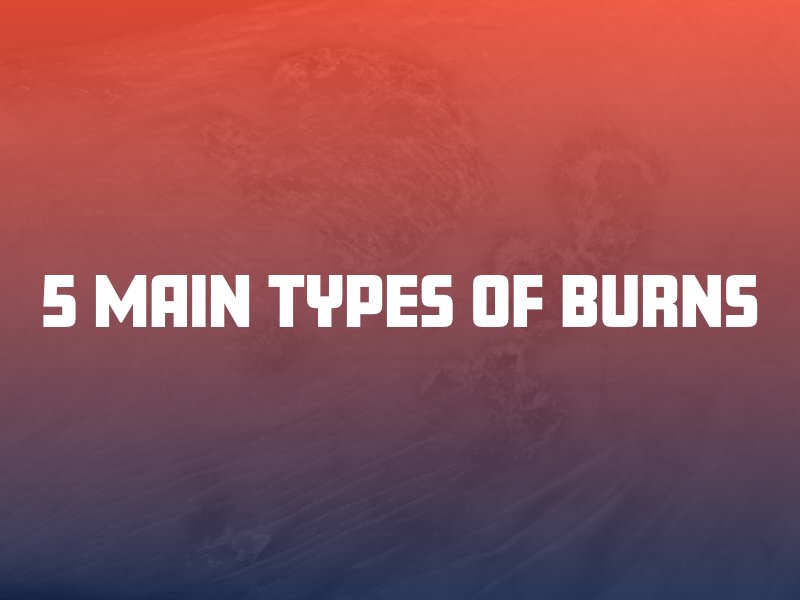Burns are some of the most severe and devastating injuries a victim can endure in an accident in New Mexico. When the skin or underlying tissues get damaged by a burn injury, the victim can suffer long-lasting physical and psychological damage. If you or a loved one has sustained a burn due to someone else’s negligence, contact the Albuquerque burn injury attorneys at The Fine Law Firm for a free case review. You may be eligible for financial compensation.
Types of Burn Injuries
It is necessary for a doctor to identify the type of burn based on the source of the injury to properly treat the victim’s wounds. Different types of burns can have various effects on the tissues, muscles and other parts of the body. For this reason, identifying the type of injury is necessary to predict potential complications and determine the appropriate treatment.

The five main types of burn injuries are:
- Thermal burn: tissue damage from contact with heat, such as open flames, steam, hot objects or hot liquids. This is the most common type of burn injury.
- Chemical burn: burns caused by contact with dangerous chemicals, such as strong acids, caustic chemicals and corrosive substances. These burns can continue to cause damage until the chemical is neutralized.
- Electrical burn: tissue damage from contact with an electrical current. An electrical burn could be accompanied by an electrical current jolting throughout the victim’s body that causes internal injuries.
- Radiation burn: burns from exposure to radiation, such as the sun’s UV rays, x-rays or a nuclear source.
- Friction burn: skin damage and abrasions caused by rubbing against a hard surface, such as road rash in a motorcycle accident.
Burn injuries can occur if the skin comes into contact with any dangerous object, substance or element. These injuries may arise in car accidents, workplace accidents, structural fires and many other circumstances.
Burn Injury Degrees
After identifying the type of burn injury, a physician will classify the burn into one of four degrees based on severity. Burn injury degrees help determine the patient’s prognosis as well as the correct treatment.
The burn injury degree classifications are:
- First-degree burn: the most minor type of burn, classified by damage only to the outermost layer of skin (the epidermis). The signs of a first-degree burn can include reddish skin, pain or tingling, and swelling. Victims generally do not need professional medical treatment for a first-degree burn unless it is large or located in a vulnerable area of the body, such as the face.
- Second-degree burn: the epidermis as well as the second layer of skin (the dermis) are affected. Second-degree burns can result in blisters or open wounds, meaning infections and scarring are possibilities. For this reason, the victim should seek medical care.
- Third-degree burn: all layers of skin are injured, as well as underlying tissues. This may include muscles and tendons. The victim may experience blackened or charred skin and may not feel pain due to destroyed nerves. Third-degree burns can have many complications and require emergency care.
- Fourth-degree burn: all layers of skin, underlying tissues, muscles and bone are affected. A victim may need to have an affected limb amputated due to complications. These are severe and often fatal burn injuries.
Severe burns can be accompanied by additional complications such as infection, shock, thermoregulation problems, respiratory issues, internal organ damage and disfiguring scars. Proper assessment from a medical professional is crucial for the best possible health outcome.




